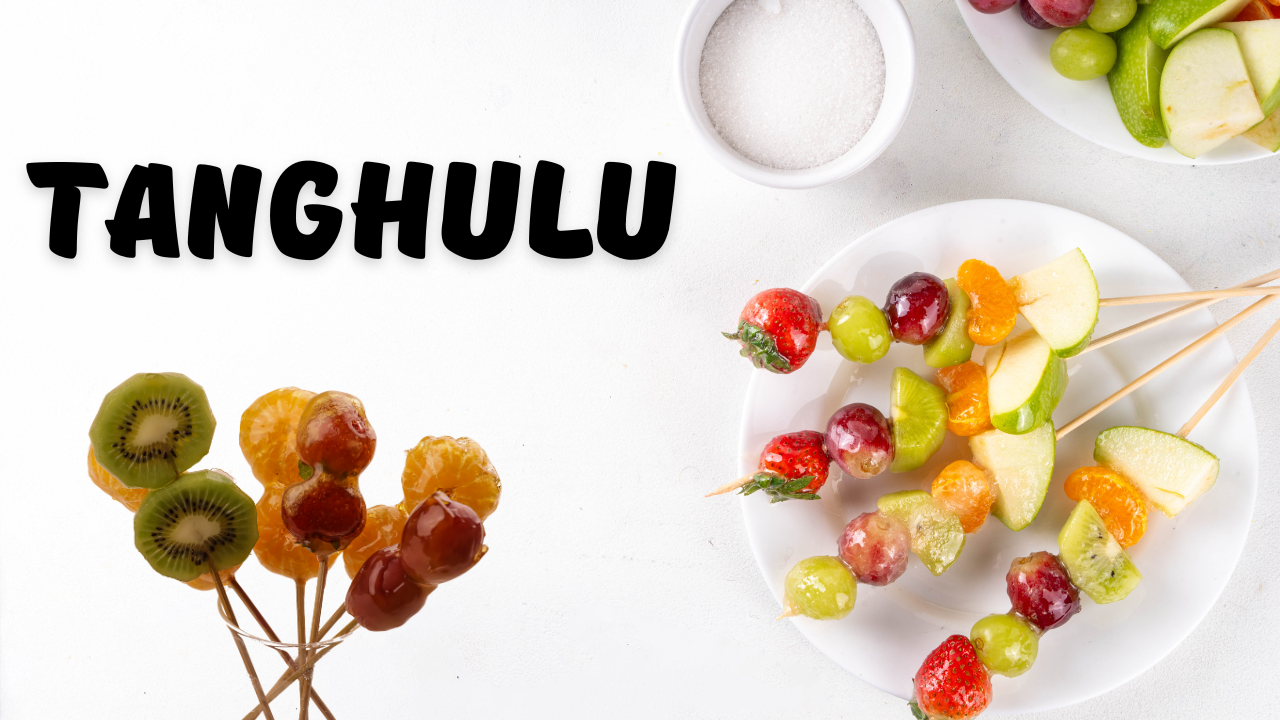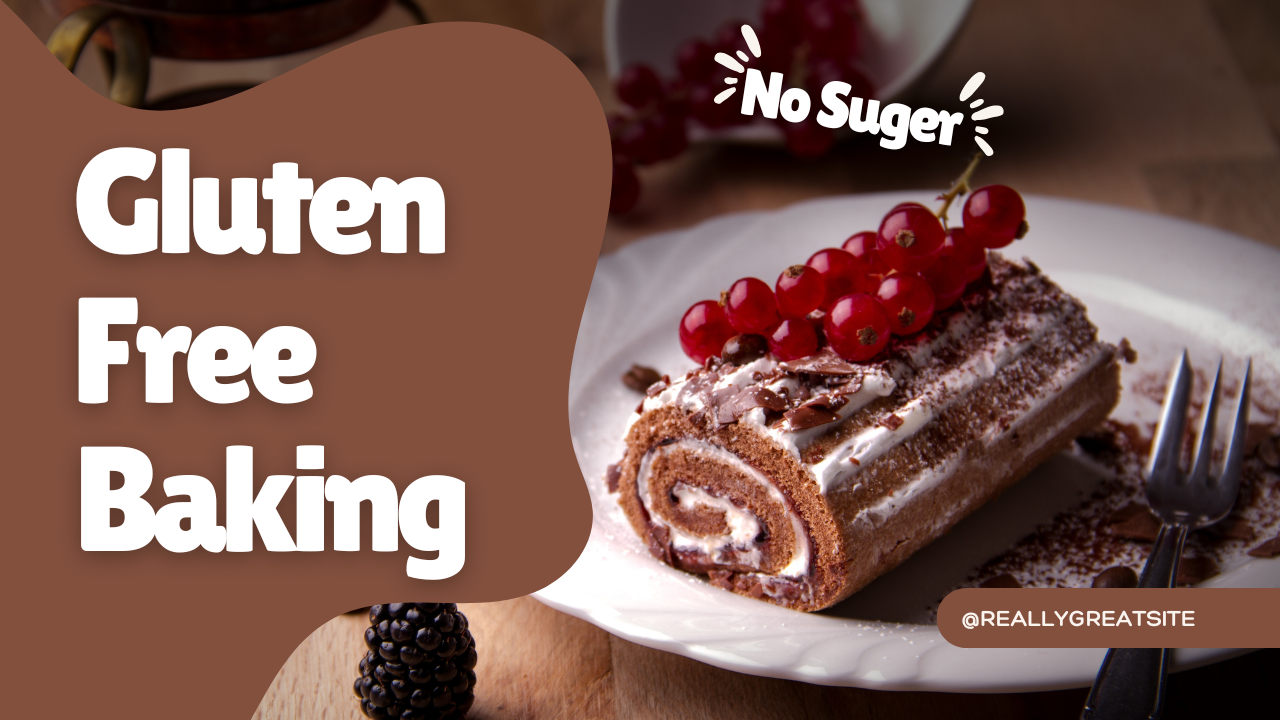Tanghulu: An Irresistible Sweet and Crunchy Chinese Treat
Many enjoy this dessert since it goes well with the sweet, juicy fruit and crunchy topping. If you want to make tanghulu at home, whether for a party or just to try, this piece will show you how.
Why Tanghulu is a Great Treat
With only a few components, tanghulu is a simple, entertaining, and visually stunning treat. Whether for festivals, parties, or just as a home-made treat, it is ideal. Its absolutely tasty with the balance of sour fruit and sweet sugar!
Ingredients You’ll Need
Before you start, gather the following ingredients:
- 10-12 fresh strawberries, grapes, or hawthorn berries (or any firm fruit of your choice)
- 1 cup granulated sugar
- 1/2 cup water
- 1/4 cup light corn syrup (optional, helps prevent crystallization)
- Bamboo skewers
- Ice water (for testing the syrup)
READ MORE: How to Make Pancakes
Step-by-Step Instructions
1. Prepare the Fruit
Rinse the fruit and dry it well. Moisture can stop the sugar from correctly adhering. Should you use strawberries, take off the green leaves. Usually 2-3 pieces per skewer, thread the fruit onto bamboo skewers.
2. Make the Sugar Syrup
Over medium heat, mix the corn syrup, water, and sugar in a little saucepan. Whisk softly until the sugar dissolves; then stop stirring. Often referred to as the hard-crack stage, let the mixture boil to 300°F (150°C). A small amount dropped into ice water will tell you whether it is ready; if it hardens right away, it is.
3. Coat the Fruit
Remove the syrup from heat once it reaches the proper temperature. Quickly flip to coat each fruit skewer uniformly by dipping it into the boiling syrup. Before putting the skewers on a lightly greased surface or parchment paper to cool and solidify, let extra syrup drip off.
4. Let It Set and Enjoy!
Within a few minutes, the sugar coating will set to form a shiny, glass-like shell. For the greatest crunch, serve right away; otherwise, keep in a cool, dry area for later.
Tips for Making the Best Tanghulu
- Use firm fruit – Softer fruits may release juice and cause the sugar coating to break.
- Work quickly – The sugar syrup hardens fast, so coat the fruit immediately after reaching the correct temperature.
- Avoid humidity – Moisture can make the sugar sticky instead of crunchy.
- Play around with tastes; for a change, think about incorporating a drop of flavored extract into the syrup.
- A candy thermometer guarantees precise hard-crack stage attainment.
Variations and Flavor Ideas
Want to get creative with your tanghulu? Try these fun ideas:
- Try a mix of kiwi, pineapple, and blueberries for a variety of tastes.
- Once the sweet shell hardens, pour or dip the fruit in melted chocolate for a rich touch.
- Spicy Tanghulu: Mix a little chili powder into the sugar syrup to give it a hot spin.
- Bright, appealing candy coatings may be made by using food colouring in the syrup.
Frequently Asked Questions
1. Can I Make Tanghulu Without Corn Syrup?
Needless to say! For it to work, all you need is sugar and water. It does not crystallize, though, because of the corn syrup. Don’t move the sugar around once it starts to boil.
2. How Do I Store Tanghulu?
Tanghulu is best eaten fresh but can be stored in an airtight container at room temperature for up to 24 hours.
3. Why Is My Sugar Coating Sticky?
Yes, definitely! Corn syrup helps keep it from crystallizing, even though sugar and water are enough to make it. Just be careful not to stir the sugar once it starts to boil.
4. Can I Use Other Sweeteners Instead of Sugar?
For tanghulu, granulated sugar is best because other sweeteners might not set right.
5. What Can I Serve with Tanghulu?
Tea, ice cream, or a drizzle of toffee make tanghulu taste even better than when eaten by itself.
Conclusion
Making tanghulu at home is both enjoyable and fulfilling. Using only a few basic components, you may savor this traditional Chinese street snack with a wonderful mix of acidic, sweet, and crunchy textures. Tanghulu is guaranteed to be a crowd-pleaser whether you follow the conventional recipe or experiment with inventive modifications.





